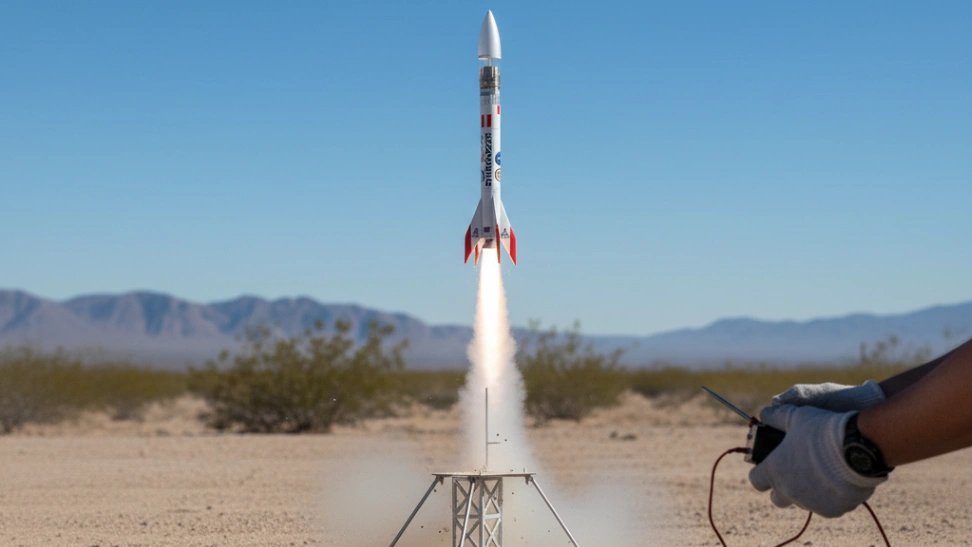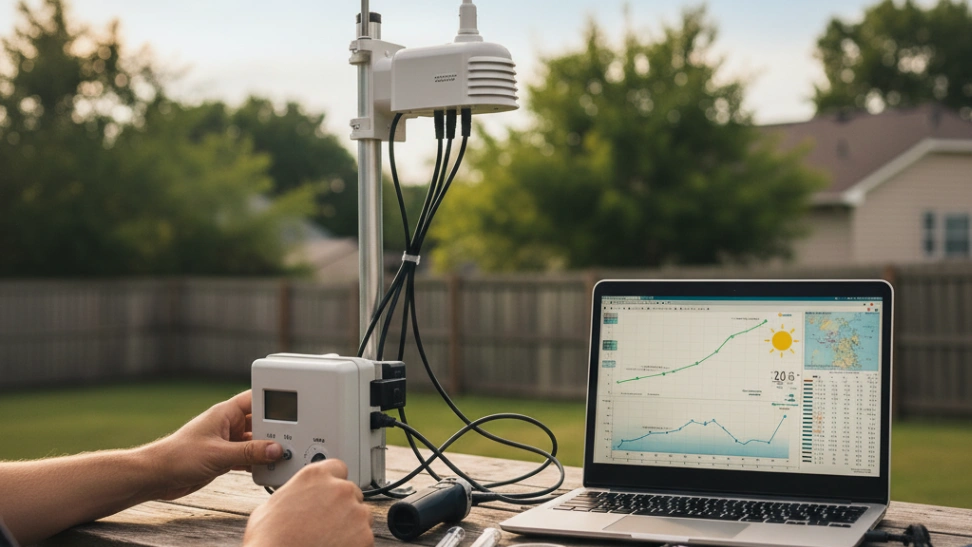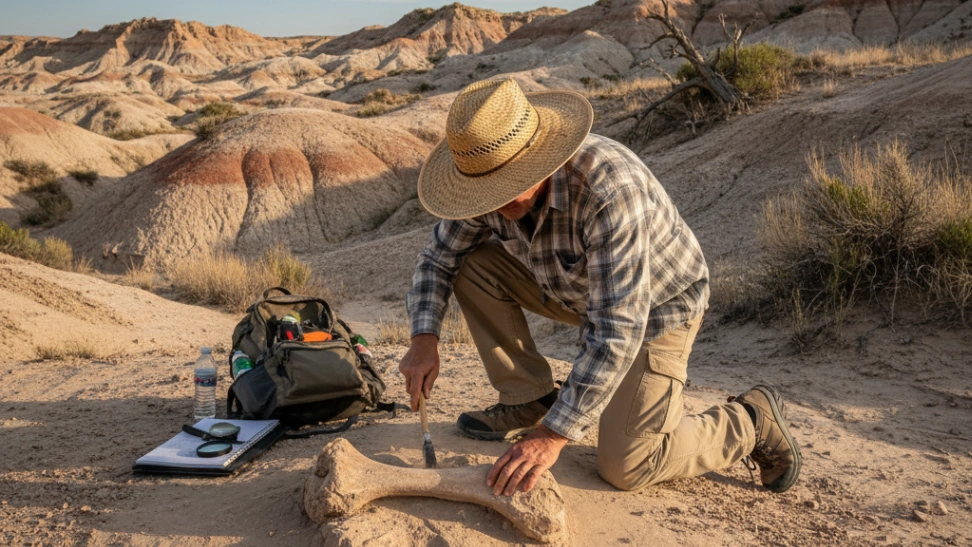The history of model rocketry is deeply intertwined with the human fascination for flight and space exploration. While the principles of rocketry date back to ancient China, the modern hobby of model rocketry began to take shape in the mid-20th century, spurred by the Space Race. Before commercially produced model rocket engines were available, early enthusiasts experimented with dangerous homemade propellants, leading to many accidents. The need for a safe, standardized approach became evident. In the late 1950s, Orville Carlisle and Vern Estes independently developed reliable, factory-manufactured solid rocket engines and corresponding kits, paving the way for safe and widespread participation. Estes Industries, founded by Vern Estes in 1958, played a pivotal role in popularizing model rocketry, making it an educational and recreational activity for millions globally. Organizations like the National Association of Rocketry (NAR) were established to promote safety, education, and competition, creating a structured environment for hobbyists to thrive and advance their skills. These foundational efforts transformed what was once a perilous experimental pursuit into a beloved and accessible pastime enjoyed by people of all ages.
Engaging in model rocketry offers a profound educational experience, making complex scientific and engineering concepts tangible and exciting. Builders learn about Newton's laws of motion firsthand, understanding how thrust, drag, and gravity influence a rocket's trajectory. Aerodynamics become more than just textbook theories as you consider fin design, nose cone shape, and overall stability for optimal flight performance. The choice of engine, its impulse, and burn time directly impacts altitude and flight characteristics, introducing principles of propulsion and energy conversion. Furthermore, the recovery system—often a parachute or streamer—requires careful consideration of deployment mechanisms and descent rates, reinforcing practical physics. This hands-on application of science deepens understanding and sparks curiosity in STEM fields, making it an excellent gateway for aspiring engineers, scientists, and aviators. Each successful launch is not just a spectacle, but a living experiment demonstrating the power of applied knowledge.
Beyond the scientific learning, model rocketry cultivates a wide array of practical skills. Precision assembly, often involving careful gluing, sanding, and painting, hones fine motor skills and attention to detail. Troubleshooting issues, whether it's a fin alignment problem or an electrical short in the launch controller, demands problem-solving and logical reasoning. Designing custom rockets from scratch challenges creative thinking and spatial reasoning, allowing hobbyists to experiment with unique forms and functions. Resourcefulness is key, as enthusiasts learn to adapt materials, repair damaged components, and optimize existing designs for better performance. The hobby also fosters patience and discipline; the meticulous steps involved in building and preparing a rocket for launch, coupled with the waiting game of weather conditions, teach valuable lessons in perseverance. Successfully overcoming these challenges and witnessing a perfect flight provides immense satisfaction and builds confidence, showcasing the rewards of dedication and careful execution.
The social aspect of model rocketry, while sometimes overlooked, is incredibly enriching. Many hobbyists join local rocket clubs, providing a vibrant community for sharing knowledge, techniques, and experiences. These clubs often host regular launch events, creating opportunities for members to fly their rockets, observe others' designs, and even participate in friendly competitions. Mentorship is common, with experienced rocketeers guiding newcomers through their first builds and launches, fostering a supportive learning environment. Group launches add an exciting communal dimension to the hobby, transforming individual pursuits into shared spectacles. Beyond club activities, the broader rocketry community online offers forums, websites, and social media groups where enthusiasts from around the world can connect, exchange ideas, and showcase their projects. This sense of belonging, combined with the shared passion for flight, enhances the overall experience and provides a network for continuous learning and inspiration, making model rocketry a truly engaging and social endeavor for those who seek it.



